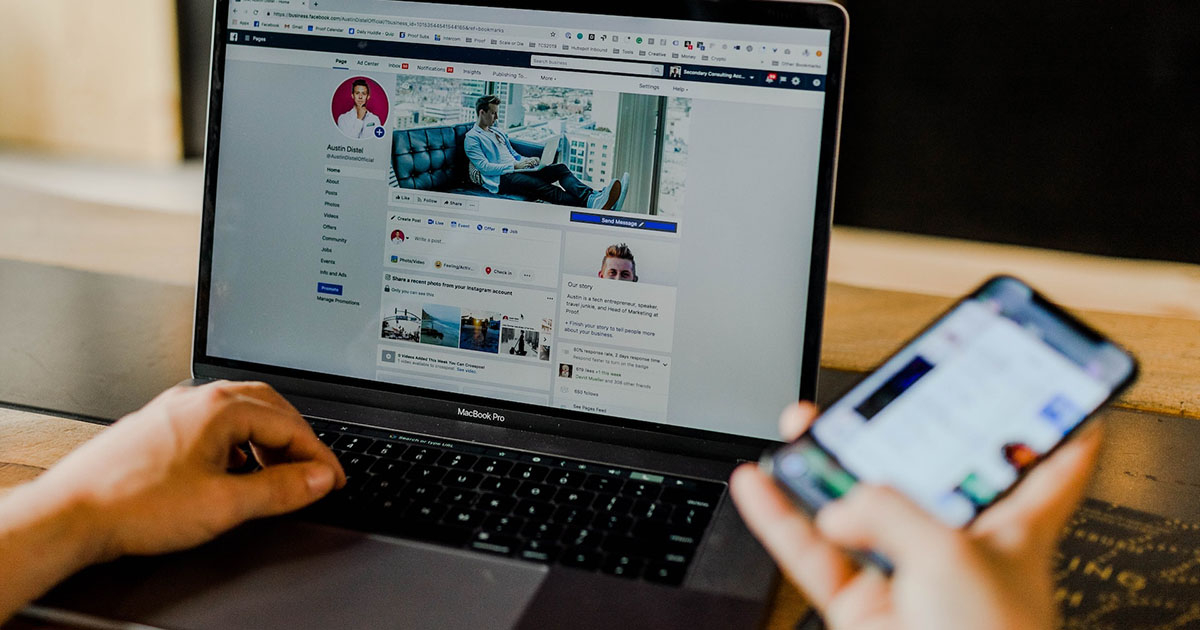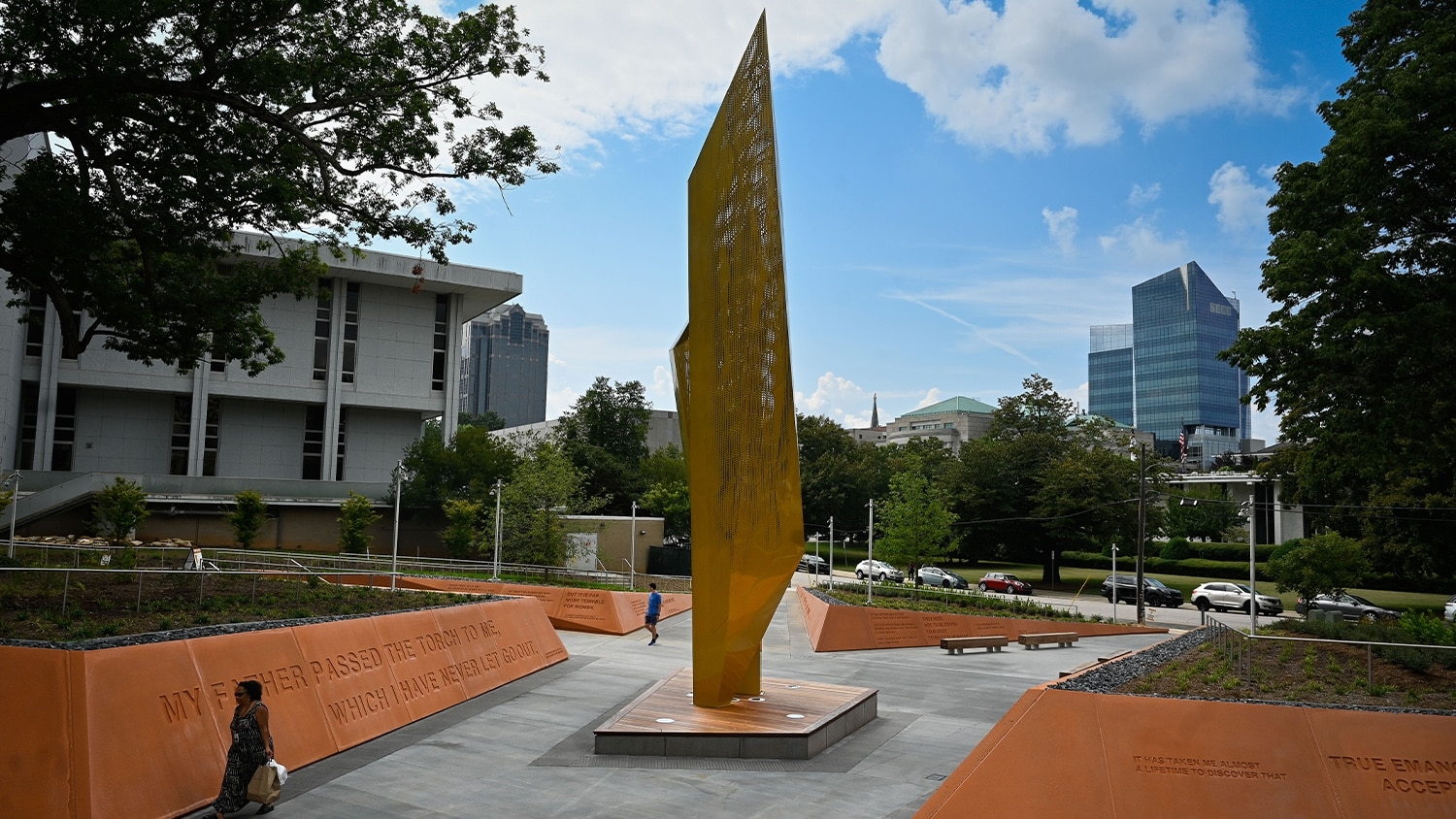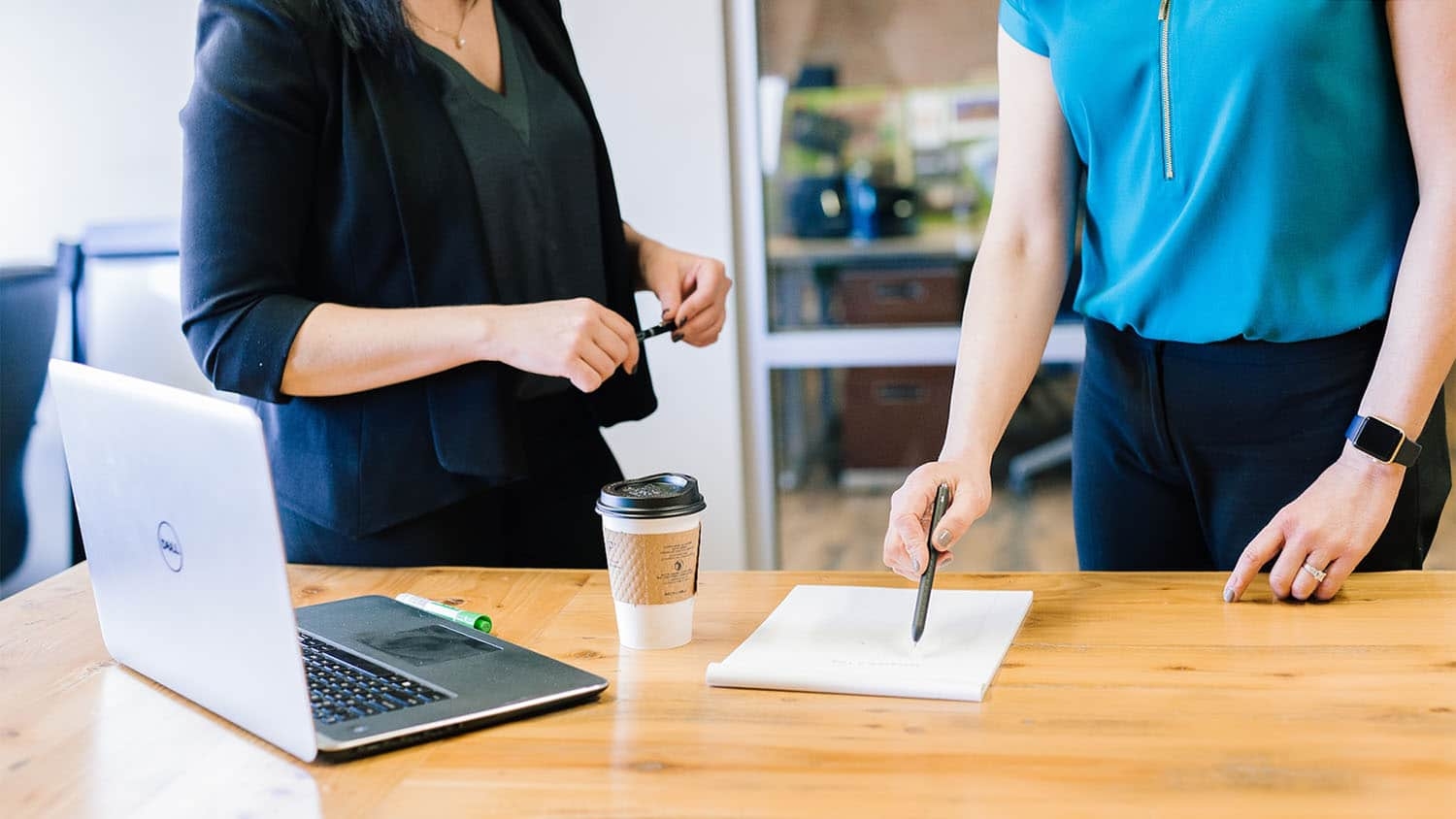Dr. Adriana de Souza e Silva
 Dr. Adriana de Souza e Silva works in the emerging fields of digital media and mobile communication. She studies how mobile technologies help us make sense of our interactions with public spaces and to society. There are two main interrelated trends to Adriana’s research. The first deals with the study of location-aware mobile technologies such as GPS-equipped cell phones. She investigates how location-based mobile games and location-based social networks enable people to coordinate their activities with others, to gain information about others, and to manage their own personal privacy.
Dr. Adriana de Souza e Silva works in the emerging fields of digital media and mobile communication. She studies how mobile technologies help us make sense of our interactions with public spaces and to society. There are two main interrelated trends to Adriana’s research. The first deals with the study of location-aware mobile technologies such as GPS-equipped cell phones. She investigates how location-based mobile games and location-based social networks enable people to coordinate their activities with others, to gain information about others, and to manage their own personal privacy.
These are the topics of her two most recent co-authored books, Mobile Interfaces in Public Spaces: Locational privacy, control, and urban sociability (with Jordan Frith) and Net Locality: Why location matters in a networked world (with Eric Gordon). Mobile Interfaces in Public Spaces (Routledge, 2012) explores how mobile communication is changing the social structure and the way that we use technology for location-based communication in everyday life. The book traces the history of mobile artifacts like the book, the Walkman, and the iPod, to show how we have used these objects to both avoid interactions with others in public spaces, and also to shape a particular way of interacting with these spaces. It describes how location-aware technologies can also be used to interact with public spaces, and has strong implications for our perception of privacy and sociability. Her other co-authored book, Net Locality (Blackwell, 2011), develops a theory for understanding digital networks and our connection to public spaces and the internet.
Adriana’s second area of research focuses on mobile phone use in developing countries. She investigates how slum (favela) residents in Rio de Janeiro (Brazil) utilize mobile technology in their everyday lives. Low-income people often use mobile phones in ways that were not foreseen by technology developers. For example, they have pre-paid cell phones with no credit that only receive calls and cannot be used to call anybody. However, technology gives them access to social communication in ways that were not possible before. She is also exploring how the research and artistic community in that country use mobile technology, and investigating the history of mobile phone regulation and adoption in Brazil. These topics are part of her forthcoming book, which critically analyzes the adoption and use of mobile technologies in the fifth largest mobile market in the world. By comparing the development of mobile phones in Brazil to that of other developing nations, she explores how socio-economic and cultural factors such as income distribution and education influence and are influenced by mobile phone use. Experts and non-experts alike tend to associate the rapid expansion of mobile phone use with concerns over loss of privacy, blurring boundaries between public and private, and new possibilities for economic development. In this book, she demonstrates how Brazil’s specific social, cultural, and economic contexts require rethinking these assumptions regarding mobile technology use.
Dr. de Souza e Silva’s research includes another co-edited volume with Daniel M. Sutko, Digital Cityscape: Merging digital and urban play spaces (Peter Lang, 2009), in addition to almost 35 authored or co-authored articles, among peer-reviewed journals and book chapters. Adriana’s publication record is interdisciplinary and international in its scope. She has published articles in communication, digital media, and game studies peer-reviewed journals in the United States, Australia, Brazil, and the UK. The significance of her scholarly contribution can be demonstrated by the research and writing awards she has received. In 2007, she received the Robert Entman Award for Excellence in Communication Research from the Department of Communication at NCSU.
Dr. de Souza e Silva is recognized as a leading international scholar in the field of mobile communication. She has been invited several times as a keynote and plenary speaker in the US, Ireland, South Africa, Australia, and the UK, and has given over 15 invited research presentations.
Her influential paper “From Cyber to Hybrid,” where she defines the concept of hybrid spaces, published in 2006 in the journal Space & Culture, has since then been among the 3 most cited papers in the journal.
- Categories:


